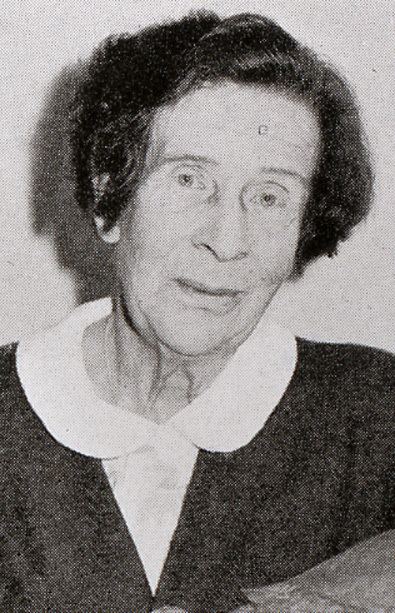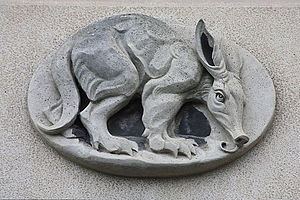Name Phyllis Bone | ||
 | ||
Phyllis Mary Bone RSA (15 February 1894 – 12 July 1972) was a 20th-century Scottish sculptor. She has the particular claim to fame as being the first female member of the Royal Scottish Academy. Although primarily the creator of small figurines her works include several highly prestigious commissions, at national level.
Contents

Life

She was born in Hornby, Lancashire, the daughter of Dr Douglas Mayhew Bone and his wife Mary Campbell Smith.
She was educated at St George School for Girls in Edinburgh then trained as a sculptor at Edinburgh College of Art (1912–18) under Alexander Carrick, Pilkington Jackson and Percy Portsmouth. She received a Diploma in Sculpture in 1918. Whilst a student at Edinburgh College of Art, Bone resided at 15 Blacket Place, Edinburgh. During this time she also twice travelled to Paris, under a travel scholarship, to train specifically as an animal sculptor under Edouard Navellier. This travel scholarship, & tutoring by Navellier, was one which her fellow Edinburgh College Art alumni, the sculptor Mary Syme Boyd, would also undertake over ten years later between 1929-33.
In Scotland, Bone quickly gained fame as an animal sculptor. At first she worked within the Holyrood Pottery but quickly became independent. She took up residence first at 5 Alva Street in Edinburgh where she lived until 1935.
Bone was elected an associate member of the Royal Scottish Academy (1939) (nominated by Benno Schotz) and was the first woman to ever become a full member (1940).
Originally she shared studios with the Scottish Colourists at the Albert Gallery, 24 Shandwick Place, Edinburgh. She latterly largely worked at the Dean studios in Dean Village (1935–50). From 1946 onwards she began spending more time in south-west Scotland, taking a second home in Newton Stewart whilst in Edinburgh thereafter only retaining a small basement flat at 7 Randolph Cliff. In 1950 she left Edinburgh permanently and joined an artists’ colony on the Solway Firth, living thereafter at Hillview, Barrhill Road, Kirkcudbright. She died in Dumfries Hospital and is buried in Kirkcudbright.
Her portrait (by Robert Sivell) is held in the Gracefield Collection in Dumfries.
